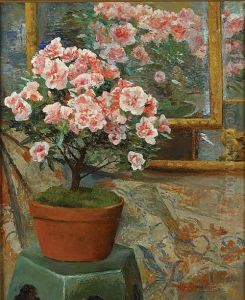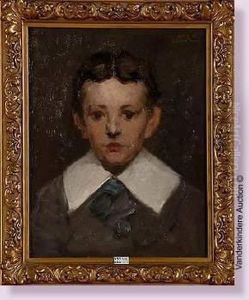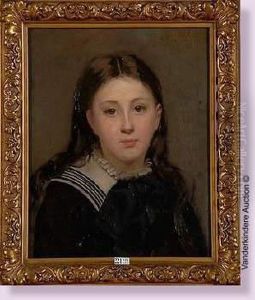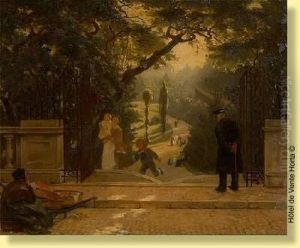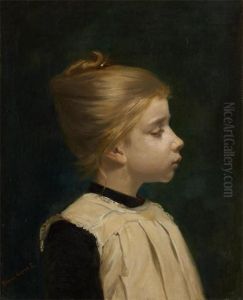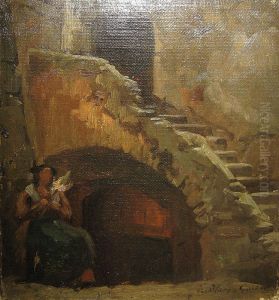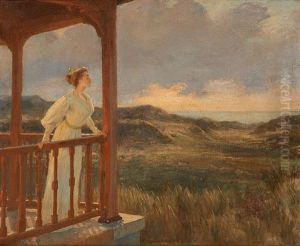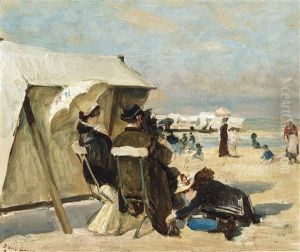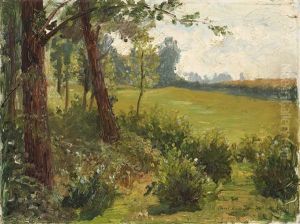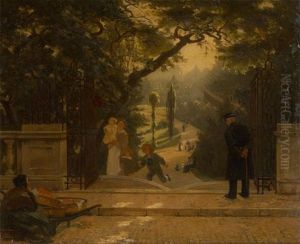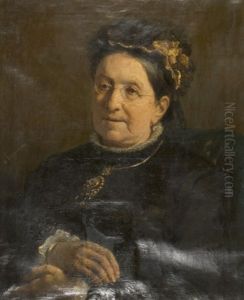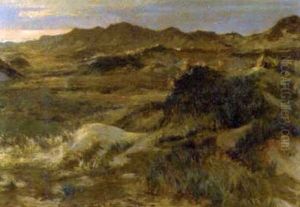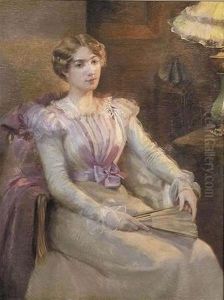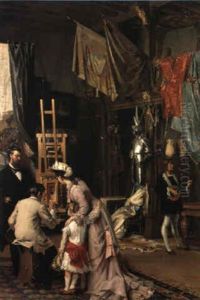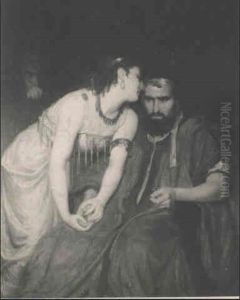Ernest Blanc-Garin Paintings
Ernest Blanc-Garin was a Belgian artist born on February 28, 1843, in Liège, Belgium. His full name was François Ernest Joseph Blanc-Garin, and he is often remembered for his contributions to the Belgian art scene during the late 19th and early 20th centuries. Blanc-Garin studied at the Academy of Fine Arts in Liège, where he developed his skills under the guidance of accomplished artists such as Barthélemy Vieillevoye and François-Joseph Navez.
After completing his studies, Blanc-Garin traveled to Paris to further his education and immerse himself in the vibrant artistic community there. He was particularly influenced by the French academic painting tradition, which emphasized classical themes, technical precision, and a polished finish. Blanc-Garin's work often reflected these attributes, but he also integrated realist and impressionist elements into his art, showcasing his versatility and adaptability to different styles.
Throughout his career, Blanc-Garin received numerous accolades and was well-respected by his peers. He was known for his portraits, genre scenes, and historical paintings, which were characterized by their meticulous detail and rich color palette. His ability to capture the essence of his subjects and the mood of a scene made his works popular among the Belgian bourgeoisie, who often commissioned him for portraits and decorative pieces for their homes.
Blanc-Garin's reputation extended beyond Belgium, and he exhibited his work in various international exhibitions, gaining recognition and awards. His paintings can be found in several museums and private collections across Europe.
Ernest Blanc-Garin's career was also marked by his role as an educator. He taught at the Academy of Fine Arts in Liège, where he had once been a student, thus influencing a new generation of Belgian artists. His teaching and artwork contributed significantly to the cultural life of Liège, and he is remembered as a pivotal figure in the city's artistic heritage.
Ernest Blanc-Garin passed away on January 15, 1916, in Schaerbeek, Brussels. His legacy lives on through his paintings and the impact he had on his students and the Belgian art scene of his time.
